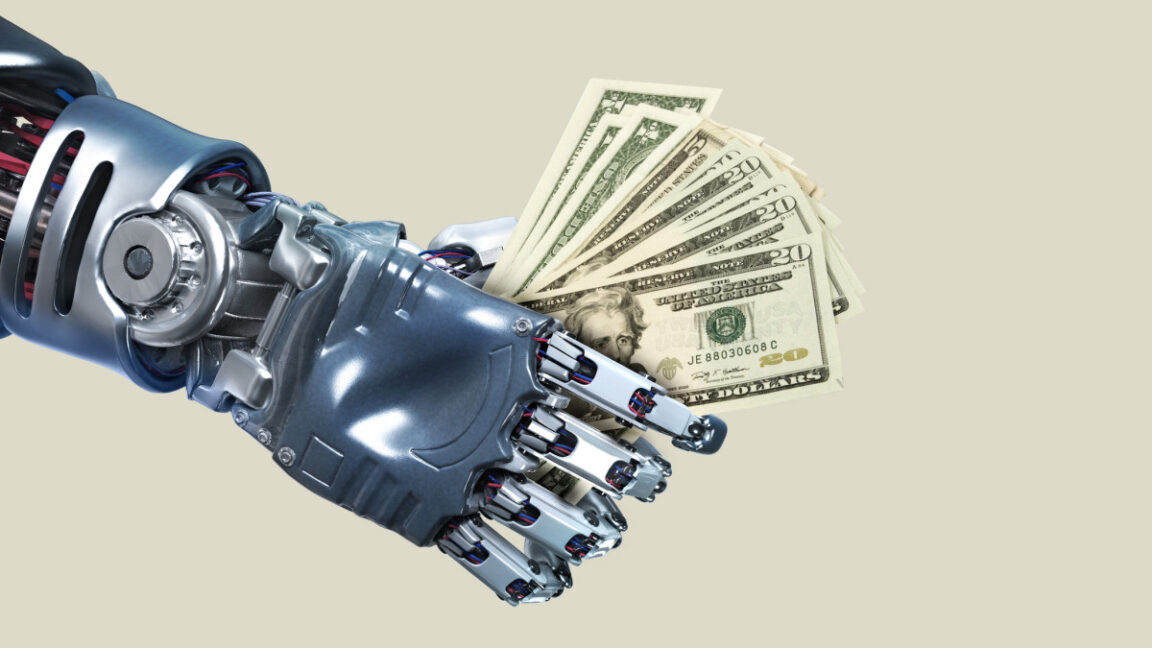Exploring AI Usage Among Americans: Trends and Insights

Recently, a new poll reveals intriguing insights into how Americans are engaging with artificial intelligence in their daily lives and at work. Conducted by The Associated Press, the survey highlighted that while a remarkable 60% of US adults have employed AI for information searches, a smaller percentage, 37%, have utilized it for work-related tasks.
This discrepancy is not merely a statistical blip but reflects a broader trend where younger generations are significantly more proactive in adopting AI tools across diverse activities, including brainstorming, work efficiency, and companionship. However, companionship AI remains the least popular application, with only 16% uptake among adults, though this number notably rises to 25% among individuals under 30.
The poll outlines a striking generational divide in AI adoption, with a substantial 74% of young adults leveraging AI for information searches, compared to the 60% of the general adult population. Similarly, for brainstorming purposes, 62% of those under 30 use AI to generate ideas, compared to a mere 20% among those aged 60 and above.
Interestingly, despite the tech industry's vigorous marketing of AI as a transformative productivity tool, many Americans' professional routines remain largely unaffected by AI solutions. Approximately 33% of respondents use AI for tasks like writing emails, creating or editing images, and finding entertainment, while only 26% reported using AI for shopping.
Beyond mere statistics, the poll captures public sentiment towards AI's rapid advancement. Interviews with AI users provide depth to these findings. For instance, Courtney Thayer, an audiologist, regularly uses ChatGPT for meal planning with a politeness protocol, perhaps hinting at cautionary narratives around AI-human interaction.
Furthermore, data scientist Sanaa Wilson's evolving AI relationship underscores the nuanced perspectives users hold; she previously used AI for email writing but stopped due to concerns about energy consumption and skill degradation.
As AI continues its integration into various societal facets, these insights into user experiences and generational dynamics highlight an evolving landscape where cautious engagement and skepticism coexist with innovation and utility.



